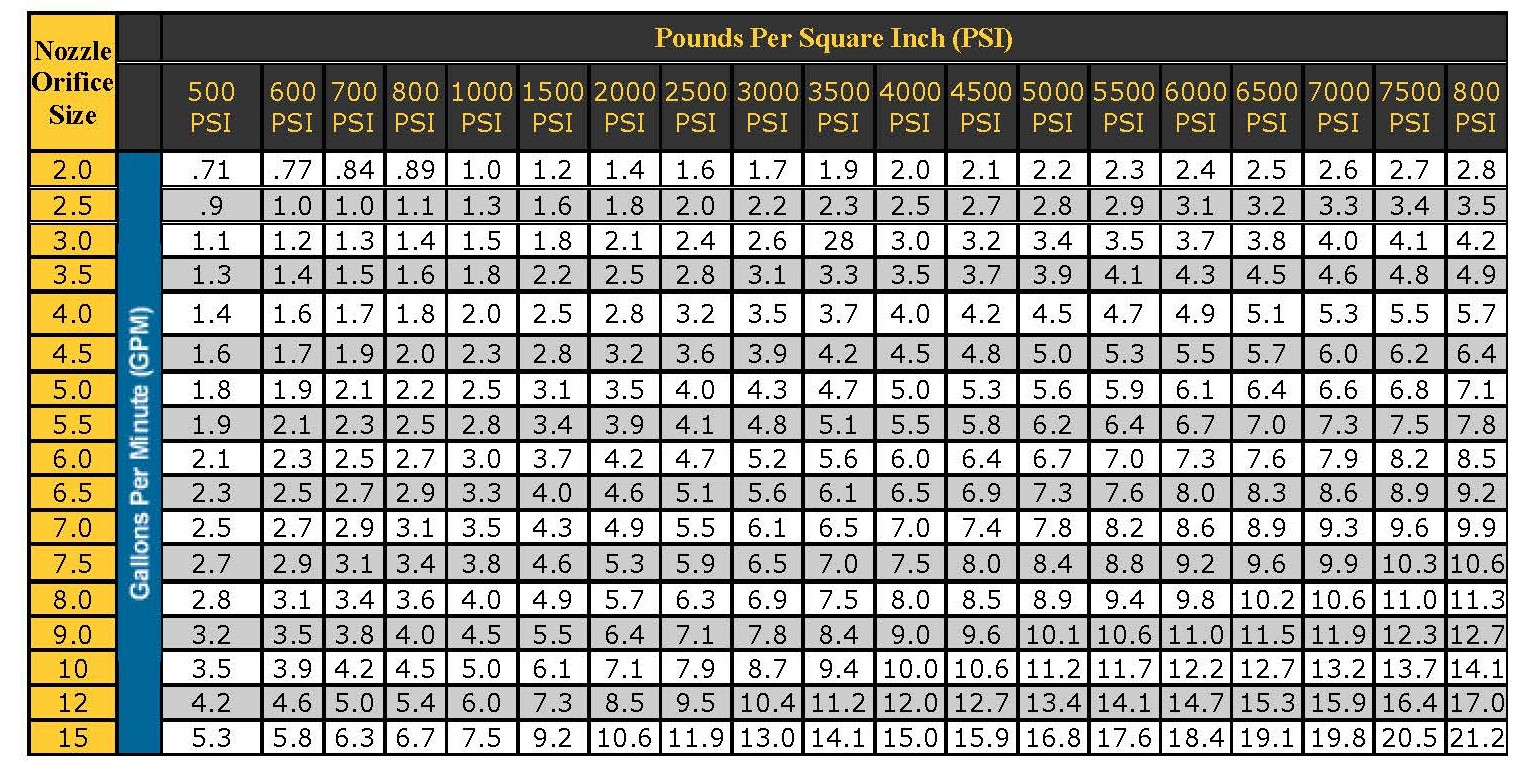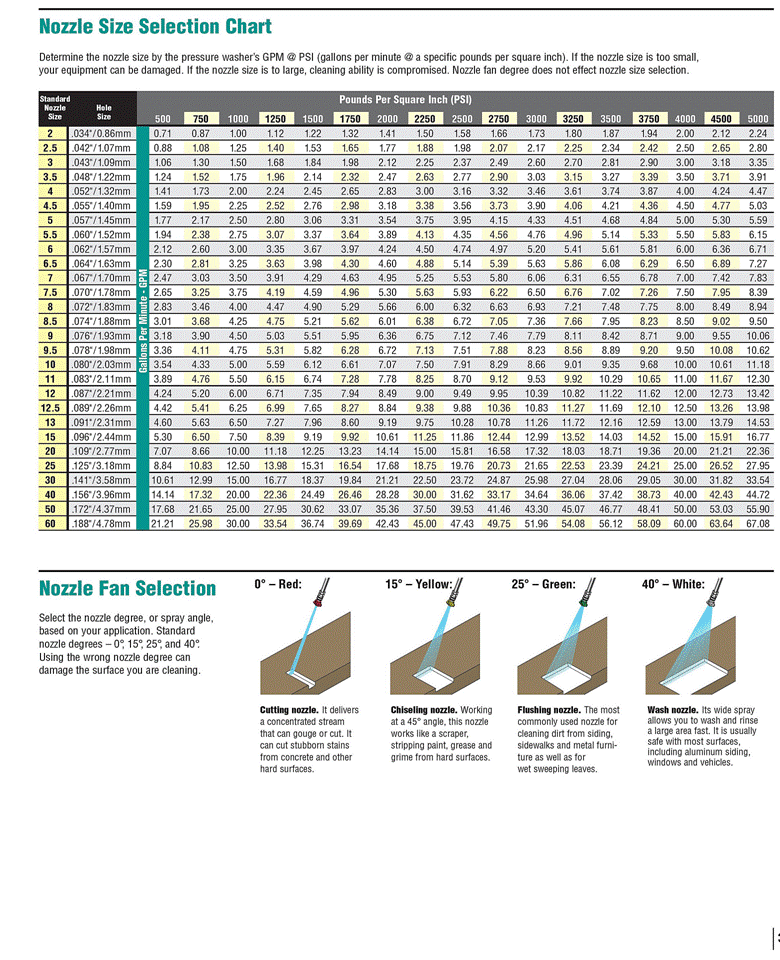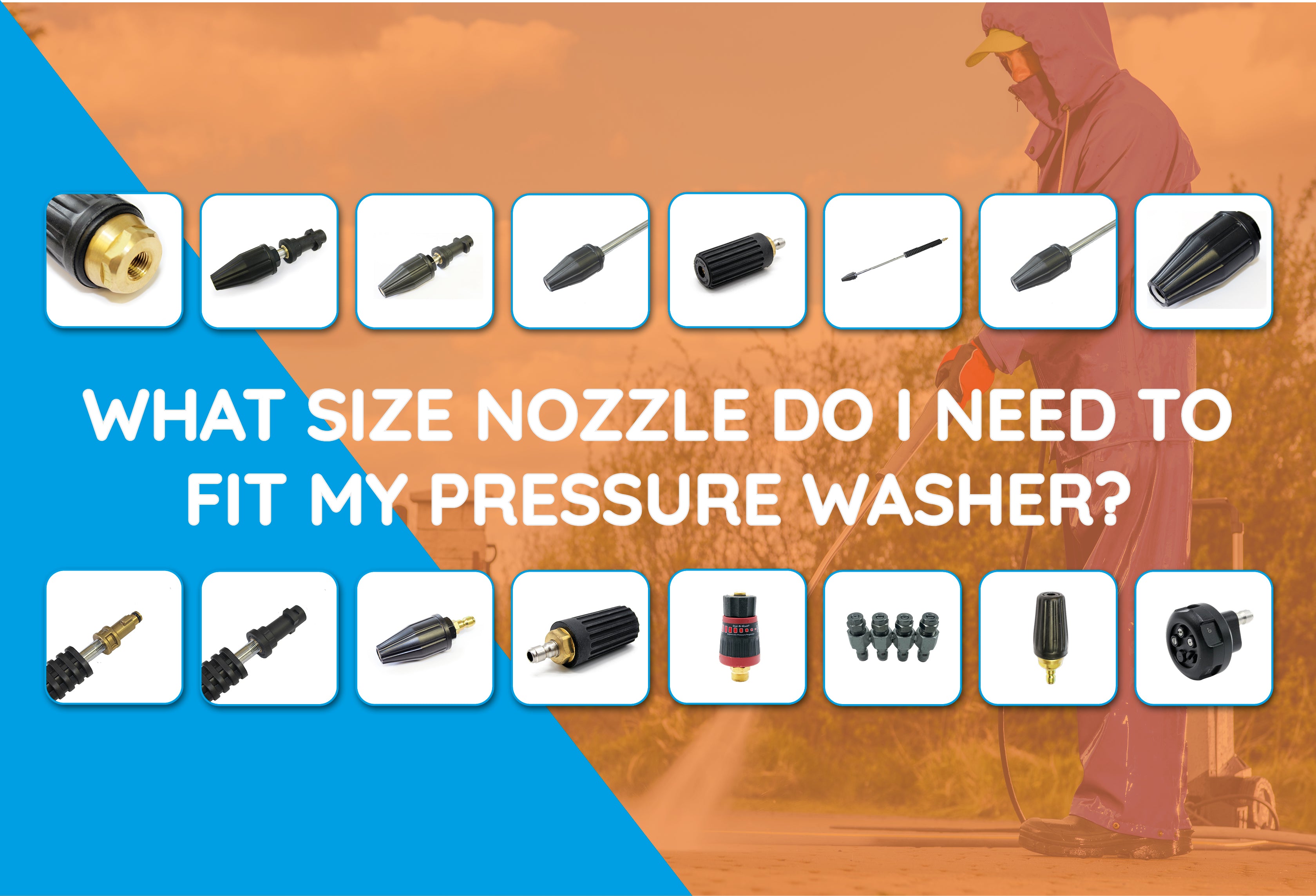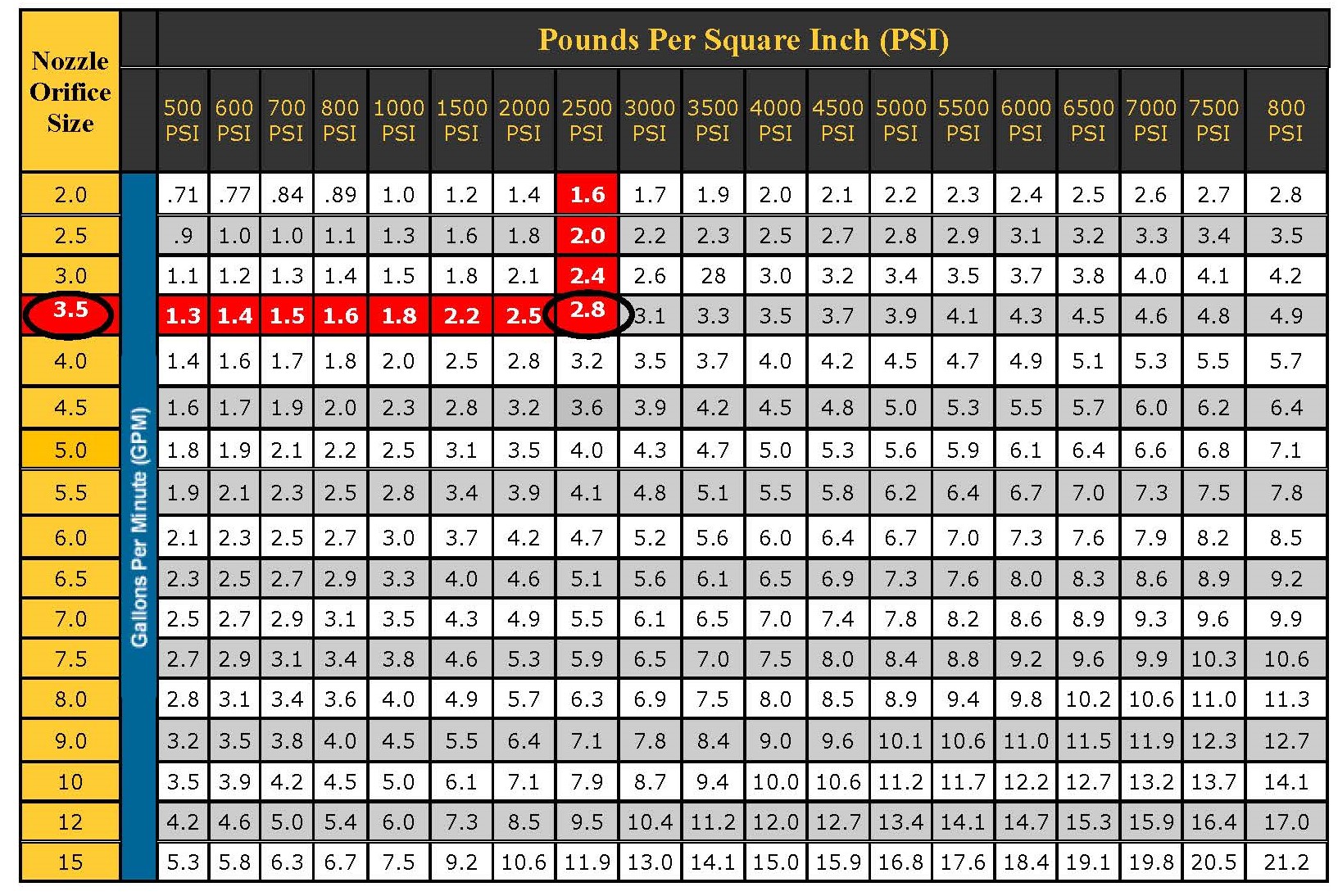To choose the right size of pressure washer, consider the task at hand and the surface type. Generally, a pressure washer between 1,500 and 3,000 PSI suits most home cleaning jobs.
Selecting the right pressure washer can significantly impact your cleaning efficiency. High-pressure washers are ideal for tough jobs like removing stains from concrete or cleaning vehicles. For lighter tasks like washing patio furniture or windows, a lower PSI is sufficient.
Understanding the difference in power levels helps you avoid damaging surfaces and ensures effective cleaning. Factors such as flow rate, nozzle types, and motor strength also play a vital role in performance. This guide aims to clarify what size pressure washer is best for your needs, ensuring you make an informed purchase.
Page Contents
- 1 Introduction To Pressure Washers
- 2 Determining Your Cleaning Tasks
- 3 Understanding Pressure Washer Specifications
- 4 Electric Vs. Gas Pressure Washers
- 5 Sizing For Common Residential Tasks
- 6 Sizing For Commercial And Industrial Use
- 7 Additional Features And Accessories
- 8 Maintenance And Longevity Of Your Pressure Washer
- 9 Safety Precautions And Best Practices
- 10 Conclusion: Making The Right Choice
- 11 Frequently Asked Questions
- 12 Conclusion
Introduction To Pressure Washers
Pressure washers are powerful tools for cleaning surfaces. They use high-pressure water to remove dirt and grime. The pressure level is crucial for effective cleaning. Different surfaces require different pressures. For example, wood needs lower pressure, while concrete can handle higher pressure.
Understanding the role of pressure helps choose the right washer. Generally, pressure is measured in PSI (pounds per square inch). A higher PSI means stronger cleaning power. For light tasks, a pressure of 1,300 to 1,600 PSI is ideal. Heavy-duty jobs may need over 2,500 PSI.
| Type of Pressure Washer | Ideal PSI | Best Uses |
|---|---|---|
| Electric | 1,300 – 2,000 | Cars, patios |
| Gas | 2,000 – 4,000 | Driveways, decks |
Determining Your Cleaning Tasks
Choosing the right size of a pressure washer depends on your cleaning tasks. Residential needs often require lower pressure. For home use, a washer with 1500 to 3000 PSI is suitable. This range can handle patios, decks, and vehicles.
Commercial needs demand more power. A washer with 3000 to 4000 PSI works well for businesses. This size is best for driveways, buildings, and heavy equipment.
Different surfaces need different pressure settings. Concrete and brick can handle higher pressure. Wood surfaces need lower settings to avoid damage. Vehicles require gentle cleaning with around 1200 to 1900 PSI.
| Surface Type | Recommended PSI |
|---|---|
| Concrete | 3000 – 4000 PSI |
| Wood | 1500 – 2000 PSI |
| Vehicles | 1200 – 1900 PSI |
Understanding Pressure Washer Specifications
PSI stands for pounds per square inch. It measures the pressure a washer can generate. Higher PSI means more cleaning power. For light tasks, a PSI of 1300 to 2000 is sufficient. Medium tasks require 2000 to 3000 PSI. Heavy-duty tasks need over 3000 PSI.
GPM refers to gallons per minute. It indicates the water flow rate from the washer. A higher GPM means faster cleaning. For light cleaning, 1.2 to 2.0 GPM works well. Medium tasks benefit from 2.0 to 2.5 GPM. Heavy-duty jobs require 2.5 GPM or more.
| Task Type | Recommended PSI | Recommended GPM |
|---|---|---|
| Light | 1300 – 2000 | 1.2 – 2.0 |
| Medium | 2000 – 3000 | 2.0 – 2.5 |
| Heavy-duty | Over 3000 | 2.5+ |

Credit: www.royalbrassandhose.com
Electric Vs. Gas Pressure Washers
Electric pressure washers are quieter and easier to maintain. They are perfect for light tasks. These machines are also more affordable, making them great for home use. However, they may lack the power needed for heavy-duty jobs.
Gas-powered pressure washers offer more power and mobility. They are suitable for tough tasks like cleaning driveways or decks. These machines can run for longer periods without needing a break. On the downside, they are usually heavier and require more maintenance. Gas models also emit fumes, which can be a concern for indoor use.
| Electric Models | Gas Models |
|---|---|
| Quieter operation | More powerful |
| Lower cost | Longer run time |
| Easy to maintain | More mobility |
| Less power | Heavier and more maintenance |
| Not suitable for heavy-duty tasks | Emits fumes |
Sizing For Common Residential Tasks
For cleaning cars, bikes, and outdoor furniture, a pressure washer with 1,300 to 2,000 PSI works well. This range removes dirt without damaging surfaces. Choose a 1.2 to 1.6 GPM flow rate for better results.
For decks, patios, and sidewalks, a pressure washer with 2,000 to 3,000 PSI is ideal. This power tackles tough stains and grime effectively. A flow rate of 2.0 to 2.5 GPM helps rinse away debris.

Credit: pressurewashingresource.com
Sizing For Commercial And Industrial Use
Choosing the right pressure washer is crucial for heavy-duty cleaning. For large areas, a higher PSI and GPM are necessary. Commercial and industrial tasks need machines with at least 3000 PSI. Frequent use also demands more durable equipment.
Consider the following factors:
| Factor | Recommendation |
|---|---|
| Cleaning Surface | Concrete or asphalt requires higher pressure. |
| Frequency of Use | Choose a model that withstands daily tasks. |
| Attachments | Look for options that offer versatile attachments. |
Investing in the right size ensures effective cleaning. It saves time and effort while maintaining equipment longevity.
Additional Features And Accessories
Choosing the right nozzles and attachments is crucial. Different nozzles create different spray patterns. A 0-degree nozzle offers a focused jet for tough stains. A 15-degree nozzle is great for removing paint. Use a 25-degree nozzle for general cleaning tasks. The 40-degree nozzle works well for delicate surfaces.
Hoses and pumps also play a vital role. A long hose provides flexibility and reach. Look for a hose made of strong material to avoid leaks. The pump’s power affects water pressure and flow rate. A high-pressure pump cleans effectively but may require more maintenance.
| Feature | Importance |
|---|---|
| Nozzle Types | Different uses for various surfaces |
| Hose Length | Increases flexibility and reach |
| Pump Power | Affects cleaning efficiency |
Maintenance And Longevity Of Your Pressure Washer
Regular maintenance keeps your pressure washer running well. Always check the oil level before use. Change the oil every 50 hours or once a season.
Inspect the filter and clean it to avoid clogs. Replace worn-out hoses and nozzles promptly. This helps maintain strong water pressure.
Store your pressure washer in a dry place. Protect it from extreme temperatures. Winterize it if you live in cold areas.
Common issues include low pressure and leaks. Check the water inlet for clogs if pressure drops. Ensure all connections are tight to prevent leaks.
If the engine won’t start, check the spark plug and fuel. Clean or replace them as needed. Always follow the manufacturer’s guidelines for troubleshooting.
Safety Precautions And Best Practices
Using a pressure washer can be safe and fun. Always wear protective gear. Use goggles to protect your eyes. Wear gloves to keep your hands safe. Boots help protect your feet from water and debris.
Make sure to keep children and pets away. Always check for loose wires before starting. Avoid using the washer on a windy day. Stand at least 10 feet away from the surface being cleaned.
Before using, read the manufacturer’s instructions. Follow all safety guidelines carefully. Turn off the washer when not in use. This helps prevent accidents.

Credit: equip2clean.co.uk
Conclusion: Making The Right Choice
Choosing the right pressure washer involves balancing power and practicality. A higher PSI provides more cleaning power. However, it may be too much for small jobs. Electric models are great for light tasks. They are usually quieter and easier to store.
Gas-powered washers offer more power for tough jobs. They are suitable for larger areas. Consider your needs before deciding. Think about how often you will use it. Investing wisely ensures long-term use and satisfaction.
Check the flow rate (GPM) for efficiency. A higher GPM means faster cleaning. Select a washer that fits your cleaning tasks. Consider factors like portability and storage space too.
Frequently Asked Questions
What Pressure Washer Size Is Ideal For Home Use?
For home use, a pressure washer with 1,500 to 2,500 PSI is ideal. This range effectively cleans driveways, patios, and vehicles. It balances power and usability, ensuring you can tackle various tasks without overwhelming smaller surfaces. Always consider the specific cleaning tasks you plan to undertake.
How Many Psi Do I Need For Heavy-duty Jobs?
For heavy-duty tasks, look for a pressure washer with at least 3,000 PSI. This level of power is effective for stripping paint and deep cleaning stubborn stains. Additionally, ensure the flow rate is sufficient for optimal cleaning. Higher PSI provides better performance for tough jobs.
What Gpm Is Best For Residential Pressure Washing?
A flow rate of 1. 5 to 2. 5 GPM is best for residential use. This range helps efficiently wash surfaces without wasting water. Higher GPM rates allow for quicker cleaning, especially on larger areas. Always match GPM with appropriate PSI for effective results.
Can I Use A Smaller Pressure Washer For Tough Stains?
Yes, you can use a smaller pressure washer, but results may vary. Lower PSI may not effectively remove tough stains. Consider using specialized cleaning solutions alongside your washer. This combination can improve cleaning efficiency without needing a higher-powered model.
Conclusion
Choosing the right pressure washer size is crucial for your cleaning tasks. Consider your specific needs, such as the surface type and dirt level. A suitable model will save time and enhance efficiency. Invest wisely to ensure your pressure washer meets your expectations and delivers excellent results every time.

